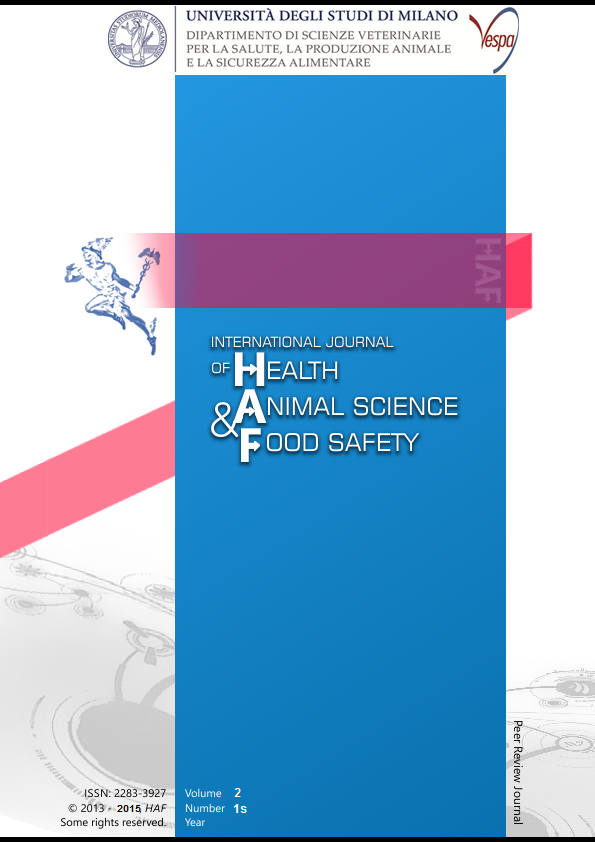Abstract
Adrenal gland tumors are common in humans and in several animal species. Studies concerning this neoplasia in human medicine indicate that clinical signs have a high variability. Adrenal adenomas can be occasionally observed in asymptomatic patients during tomographic studies while estrogen-secreting tumors, known as "feminizing adrenal tumors" (FATs), have been rarely reported. The aim of this study is to describe for the first time the Imaging findings of a captivity lion affected by a neoplastic secreting adrenal tumour. An 8 year-old male lion with progressive lack of secondary sex characteristics, disorexia and weight loss was referred to our Institution. The patient was chemically immobilized to undergo general clinical evaluation, hematologic, serum biochemical and hormonal profile, FIV and FeLV tests. Three months later a total body computed tomography and abdominal ultrasonography were performed. Liver and left adrenal lesions FNABs were performed. Imaging findings showed the presence of an extended expansive neoplastic lesion on the left adrenal gland (40x39x37 mm) with right adrenal gland atrophy. Generalized hepatopathy associated with a suspected intrahepatic cholestasis was confirmed by ultrasonography. Cytological evaluation ruled out the presence of neuroendocrine cells without malignancy evidences compatible with the adenomatous nature of the lesion, associated with moderate degenerative hepatopathy. Blood tests reported an estradiol concentration of 462 ng/dl. To our knowledge, this is the first description of adrenal mass in a lion associated with secondary feminization, inappetence and high values of hematic estradiol, referable to a feminizing adrenal tumor (FAT).
Riferimenti bibliografici
Feldman EC & Nelson W R. Canine and Feline Endocrinology and Reproduction. 3rd Ed, Saunders, 2004, pp 251-357; 2) Chidiac RM et al.Endocrinol Metab Clin North Am 1997,26:233–253; 3) Moreno S, et al. Ann Endocrinol (Paris) 2006;67:32–8; 4) Gregori T, et al. Vet Radiol Ultrasound. 2015 Mar; 56(2):153-9
This work is licensed under a CC BY-SA 4.0 international

